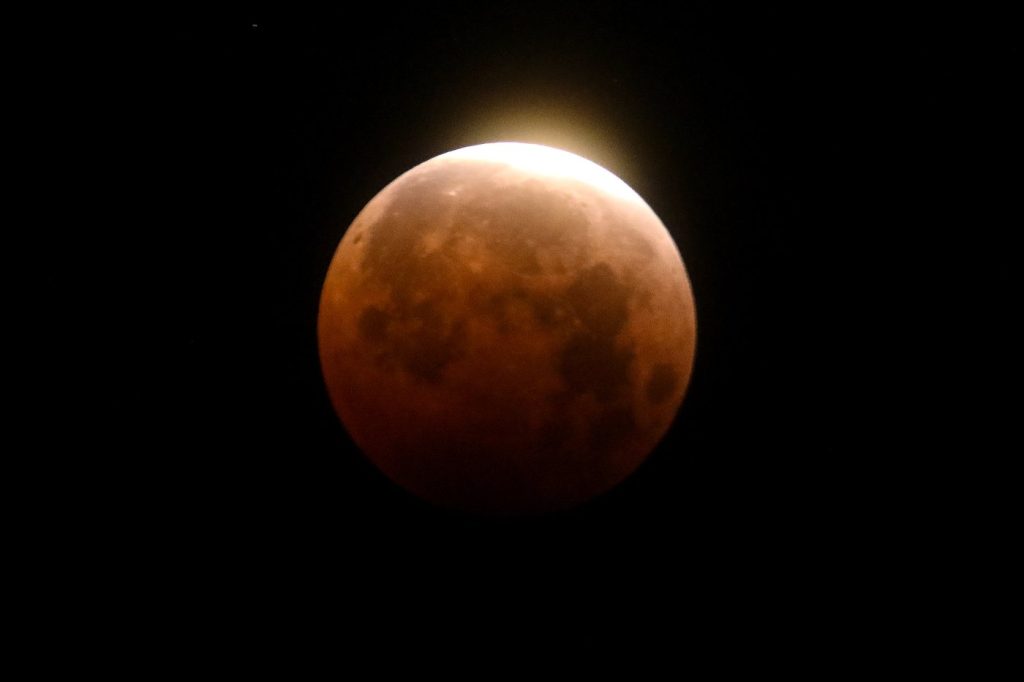On the night of Thursday into Friday, a total lunar eclipse will mesmerize stargazers, particularly across the Western Hemisphere. The phenomenon, often referred to as a "blood moon," is expected to provide an optimal viewing experience for residents of North and South America, with portions of Europe and Africa possibly catching a glimpse.
Lunar eclipses occur when the moon, Earth, and sun align perfectly, allowing Earth's shadow to cover the moon either partially or fully. In a total lunar eclipse, the entire moon is obscured, taking on a coppery red hue due to sunlight being filtered through Earth's atmosphere. A partial lunar eclipse, conversely, results in Earth's shadow appearing to take a bite out of the moon. NASA reports that lunar and solar eclipses can happen between four to seven times annually. The last total lunar eclipse occurred in 2022, while a partial lunar eclipse was visible across the Americas, Africa, and Europe in September.
For those wishing to witness this celestial event, the eclipse will begin at 2:26 a.m. Eastern Time on Friday morning, with peak viewing anticipated around 3 a.m. Eastern. The best way to enjoy this rare sight is simply to step outside and look up; no special glasses or equipment are required, as indicated by Shannon Schmoll, director of Abrams Planetarium at Michigan State University. However, viewers in Europe and Africa may have challenges due to the moon's setting during the event.
Astronomy expert Michael Faison from Yale University emphasizes that this particular lunar eclipse is especially suited for audiences in North and South America. For those unable to witness this event, another total lunar eclipse is scheduled for September 7, which will be visible across parts of Asia, Africa, Australia, and Europe. The Americas will have to wait until March 2026 for their next total lunar eclipse opportunity.
Lunar eclipses have fascinated civilizations for millennia, and ancient people possessed a remarkable understanding of celestial phenomena. Historian Zoe Ortiz from the University of North Texas notes that ancient societies had a keen awareness of the night sky. Greek philosopher Aristotle famously documented that the curved shadow cast by Earth during a lunar eclipse was evidence of the planet's roundness. Meanwhile, in ancient Mesopotamia, the blood-red moon was interpreted as an ominous sign for kings, leading citizens to install a substitute ruler during such events in hopes of safeguarding their monarch from potential misfortune.
This storied relationship between lunar eclipses and human history highlights the profound impact celestial events have had on cultures and beliefs throughout the ages, shaping narratives that resonate even today.










